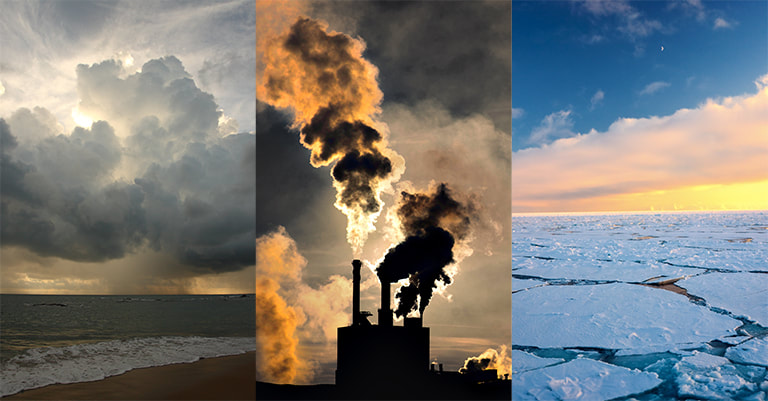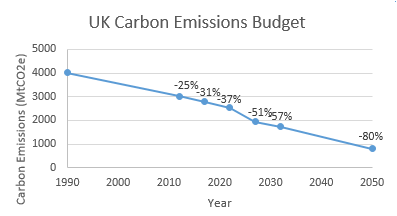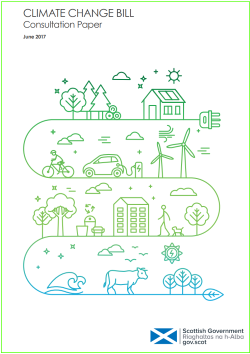BREAL
|
The science community that inspects climate change has observed that since the late 19th century the average temperature of the earth is increasing, leading to the shrinkage of glaciers around the world and the increase in sea levels. At the same time, the emissions of CO2 and other greenhouse gases (GHG) have peaked to levels unseen in the last 800,000 years, causing the acidification of soil and the oceans.
|
|
Climate change is a global issue that brought together 195 countries in December 2015, in the Paris climate conference, in order to investigate and design a legally binding global climate deal, the 'Paris Climate Agreement'. The Paris Climate Agreement represents a global action plan to limit global warming below two Degrees Celcius by 2050 and to target for net zero emissions long-term. The countries that signed are legally binding to take action in accordance with the best available science, [2].
|
|
The U.K has set legally binding targets with the Climate Change Act 2008 to address the GHG emissions and prepare for climate change. The target is to reduce the GHG emissions by at least 80% of 1990 levels by 2050. The government broke down the target to five-year carbon budgets, currently until 2032. This way UK sets a limit on carbon emissions that can legally emit. The graph to the right, shows the carbon budgets, UK is currently on the third period (2018 to 2022).
|
|
In 2009, the Scottish Parliament passed the most challenging climate change legislation in the world. The short-term target is to reduce GHG emissions by 42% in 2020, followed by 66% in 2032 and reaching at least 80% by 2050 against 1990 levels. Scotland is facing the climate challenge as a great opportunity to develop a sustainable society for the people, the environment and future generations.
|
|
In order to reach these reductions in emissions, the Scottish government designed a list of actions for each sector.
Domestic
|
The Scottish vision is to largely decarbonise electricity generation, by transitioning to low or zero carbon technologies and systems. At the same time, promote technologies that will reduce the energy demand and improve the efficiency.
|
Create a free web site with Weebly




